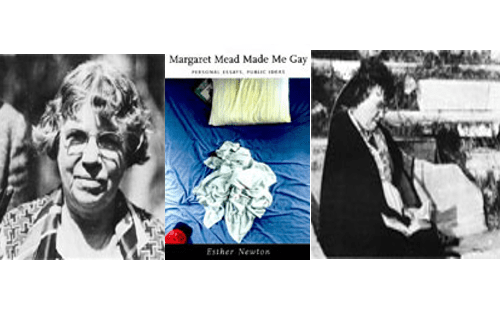In graduate school, professors said you had to choose one thing or the other: you could be a creative writer or a scholar, not both. The creative writing professors said you had to choose a genre: poetry or fiction, not both. You could be a feminist professor in a classroom or a feminist activist on the streets, not both.
It was all too reminiscent of the old divisions long demanded of us: you must think or feel, not both. You must be a mind or a body, not both. You can be pretty or smart, not both. You can have a family or a career. Why did intellectuals in the 1990s continue to invest in such reductive binaries? Why the urge to bifurcate, to build retaining walls between the multiple truths of our experience?
They were wrong. It isn’t necessary. Today feminists publish scholarship and creative work. We write for general audiences and trained specialists in our field. I publish in glossy magazines, and the local newspaper, and academic journals; I publish scholarly articles, and poetry, and fiction, and memoir.
For me, all of feminism’s waves and permutations—as well as the voices that contest it—are essential. All of our varied feminisms seek a more just world, and there’s no need to limit our efforts to particular spheres, no need to cut ties with parts of ourselves. While I serve on the advisory board of a university press with other professors, vetting scholarly projects for publication, I also serve as a mentor to a Latina-Lakota teenager whose mother, a meth addict, lost custody.
She lives with her father, stepmother, and two brothers in their small mobile home in a trailer park. When I drive to see her, it feels like I am driving into my own past.



